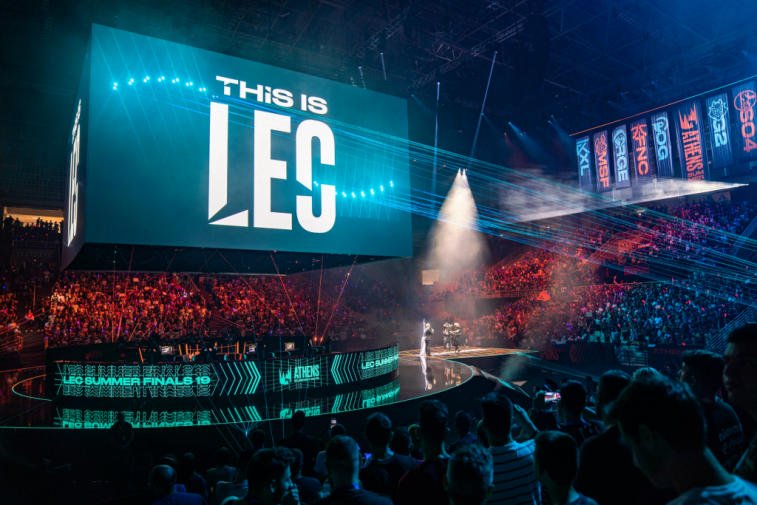The esports industry puts prize pools worth millions on the line regularly, pushing for the highest level of competition. Not everyone can compete to be the best, so some cut corners to try make it. Cheating in esports is not a rare occurrence which communities are constantly looking out for. In this episode of Understanding the Industry, we’l be taking a closer look.
What is a cheat?
Firstly, we have to understand what a ‘cheat’ is. A cheat is anything which is unintended to be used in a competitive game which gives the user a clear and unfair advantage over the opponents.
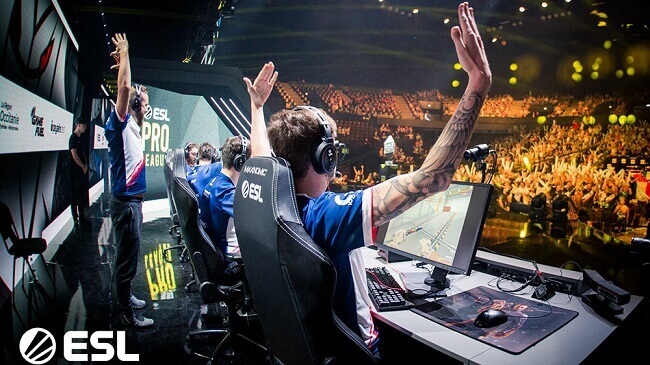
Cheats may come in the form of in-game glitches or third-party software installed to modify the game. It may also take the form of crowd chants too.
Cheating in Esports – Why do it?
In our previous episode, when looking at qualification, we understood that sometimes one match can be life-changing for a team/player.
Many tournament formats funnel the competition, where only a few teams make it forward. Accordingly, the main two reasons for cheating are simply prize and pride – mainly for the money.
While the motive is a little easier to understand, the methods of cheating are various depending on the esports genre.
How is it done?
This is the interesting part. To begin with, we’ll tackle first and third person shooters. Indeed, two essential variables in shooters are the aim of the players and in-game awareness.
Both of these may be tweaked through in-game cheats as follows:
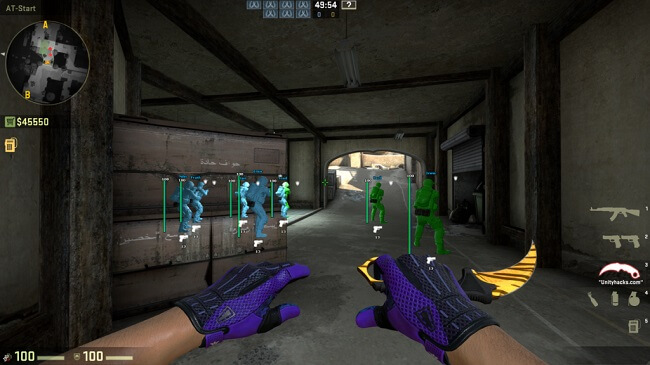
- Wall Hacks – a cheat which allows the user to see enemy locations through walls.
- Aimbot – user’s aim locks onto enemy players
- Various others – spin bot, mobility hacks, god mode and more.
Seen mostly in tactical shooters such as CS:GO and VALORANT, funky player behaviour is detected by either the community or the organizers.
Indeed, these in-game cheats are exclusive to tactical shooters. Below, find a list of other forms of cheats found in the entire industry:
- Unintended lines of sight – such as the famous Olofmeister boost which allowed for a broken vantage point
- Match-fixing – opponents fixing the outcome by agreeing to not harm each other in a FFA or to agree on a match result. Fortnite is a recurring example due to ‘Free Storm Surge Tags‘. Throwing matches has also been seen in Starcraft II.
- Stage cheats – on the live stage, professionals are advised to not glance at any screens to possibly see any information. This has been used in the past for League of Legends.
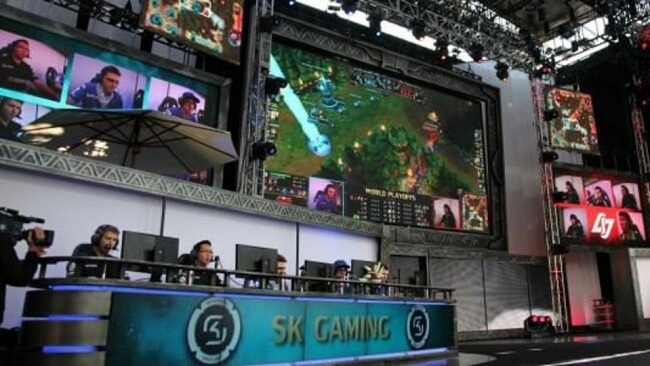
- Crowd chanting – not the fault of players, esports crowd in the past have sometimes given away sneaky plays by screaming sensitive information to their team.
- Stream sniping – by tuning into livestreams, players have cheated on enemies in the past in Hearthstone for example.
- Doping – just like in traditional sports, abusing certain drugs may enhance an individual’s in-game ability.
Those are some of the most common forms, though competitors are constantly innovating new ways to cheat the system.
Combating Cheating in Esports – Bans and Fees
There are two main paths to fighting cheaters. Firstly, there’s anti-cheating software. Secondly, personnel at events hired specifically to check on players.
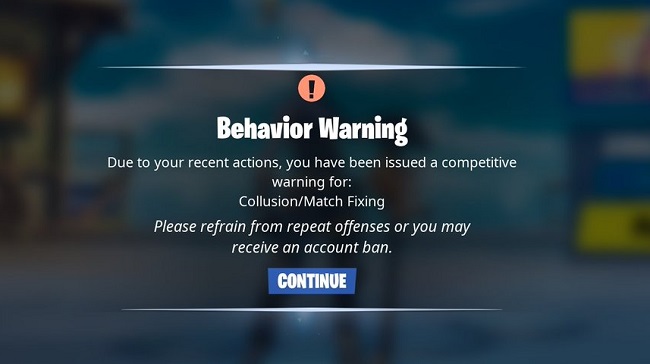
Both have an essential role in finding out cheaters.
Once found out, punishment may be handed out. This again, comes in two forms – either a ban, a fee or both. A ban results in the player being prohibited from entering any form of competition for a period of time. Meanwhile, a fee is simply something to be paid off in compensation.
If a developer doesn’t have a tight anti-cheat structure, proper esports is impossible. Hence, this is why this topic is important. Without properly understanding cheating we cannot take a stance against it.
We hope you’ve understood the industry better.
For more esports news, visit: https://www.esportsguide.com/.

